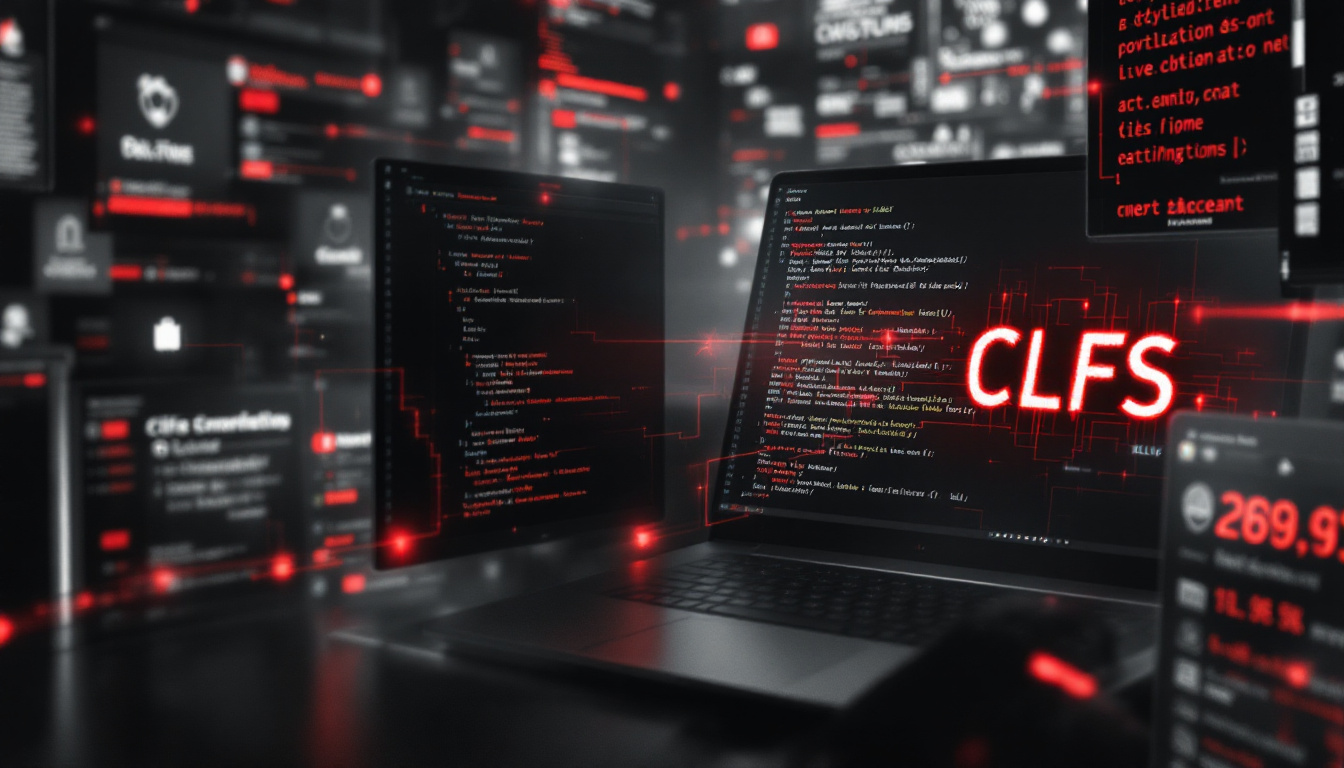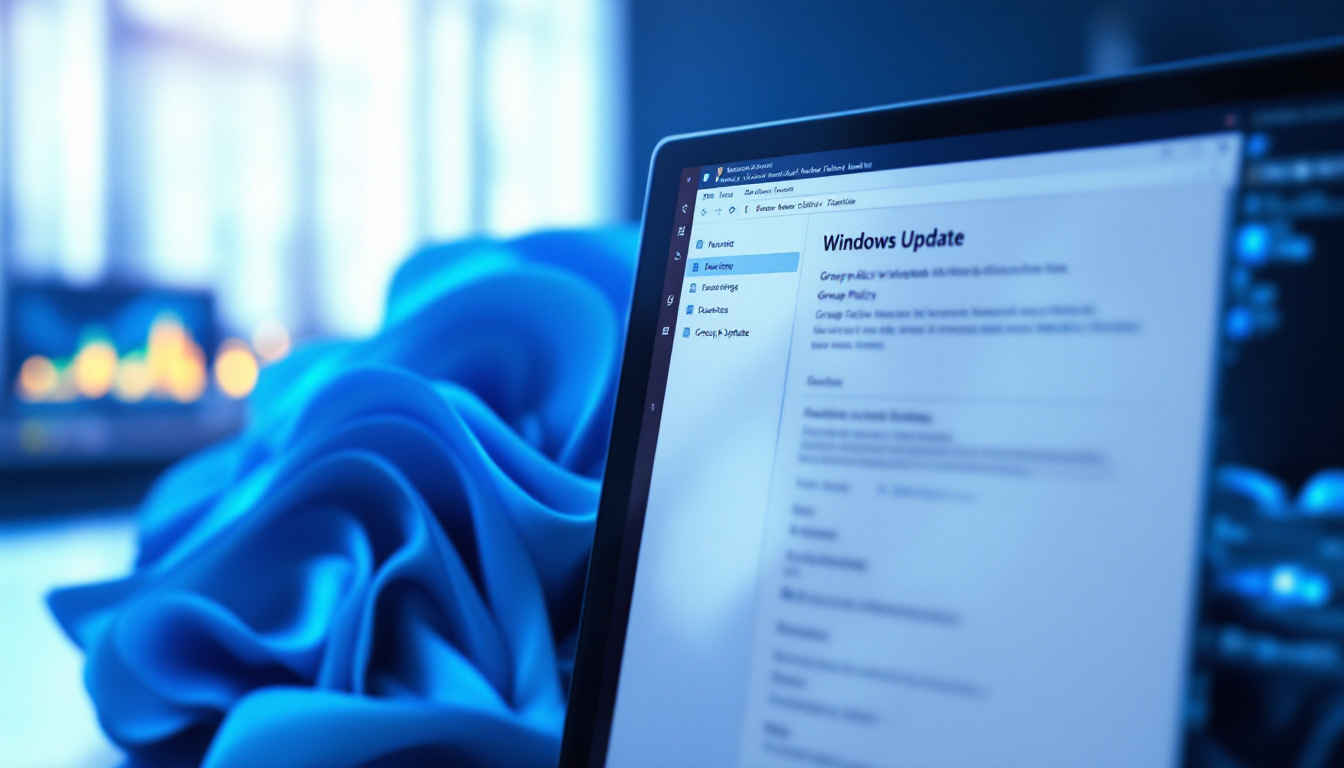
CLFS Zero-Day Vulnerability (CVE-2025-29824) Exploited in Ransomware Attacks
Zero-Day to Ransomware: Critical Windows Vulnerability Enables Ransomware
CLFS Zero-Day Vulnerability (CVE-2025-29824) Exploited in Ransomware Attacks
The Critical Threat Lurking in Windows Systems
A particularly dangerous zero-day vulnerability has emerged that puts Windows systems at significant risk. The Windows Common Log File System (CLFS) vulnerability, tracked as CVE-2025-29824, has been actively exploited by sophisticated threat actors to deploy ransomware payloads across various industries.
 What is CVE-2025-29824?
What is CVE-2025-29824?
CVE-2025-29824 is a critical use-after-free vulnerability affecting the Windows CLFS kernel driver (clfs.sys). With a CVSS score of 7.8, this privilege escalation flaw allows attackers who already have standard user access to a system to elevate their privileges to SYSTEM level—effectively gaining complete control over the compromised machine.
The vulnerability exists in the way the CLFS driver handles memory operations, specifically allowing attackers to exploit race conditions between multiple threads to manipulate kernel memory. When successfully exploited, attackers can transform limited user access into administrative control, enabling widespread deployment of ransomware within compromised environments.
 How Severe is This Vulnerability?
How Severe is This Vulnerability?
This vulnerability poses an extremely high risk for several reasons:
- It provides complete system control to attackers
- It has been actively exploited in the wild before patches were available
- It requires only standard user access to exploit, not administrative privileges
- It serves as a critical component in sophisticated ransomware attack chains
- Multiple threat groups appear to have access to this exploit
Organizations in various sectors including information technology, real estate, finance, software development, and retail have already fallen victim to attacks exploiting this vulnerability.
 How is CVE-2025-29824 Being Exploited?
How is CVE-2025-29824 Being Exploited?
Threat actors are following a sophisticated multi-stage attack process:
- Initial Compromise: Attackers first gain access to the network through various means, potentially including vulnerable public-facing systems like Cisco ASA firewalls.
- Malware Deployment: The exploitation involves deploying malicious tools such as:
- The PipeMagic backdoor/loader trojan
- Grixba infostealer (associated with Play ransomware operators)
- Privilege Escalation: Attackers trigger the CLFS vulnerability through a clever race condition:
- Creating a special file handle to the CLFS driver
- Launching two concurrent threads that manipulate memory structures
- Exploiting the timing between memory cleanup and access operations
- Post-Exploitation Activities: After gaining elevated privileges, attackers:
- Dump credentials from LSASS memory
- Extract registry hives containing sensitive authentication data
- Create new administrator accounts for persistence
- Deploy ransomware payloads that encrypt critical files
- Ransomware Deployment: The final phase involves encrypting files and leaving ransom notes demanding payment.
 Who is Behind These Attacks?
Who is Behind These Attacks?
Two sophisticated threat groups have been observed exploiting this vulnerability:
- Storm-2460 (linked to RansomEXX): This group has used the PipeMagic malware to deploy fileless exploits against organizations in the U.S., Venezuela, Spain, and Saudi Arabia.
- Balloonfly (operators of Play/PlayCrypt ransomware): These attackers have used disk-based exploits in conjunction with their custom Grixba infostealer tool.
The Play ransomware group has been particularly active since 2022, targeting organizations across North America, South America, and Europe. They employ double-extortion tactics, stealing sensitive data before encrypting systems.
 Who is at Risk?
Who is at Risk?
While the attacks have targeted specific sectors so far, ALL organizations running vulnerable Windows systems are at risk, particularly:
- Organizations running Windows systems (excluding Windows 11 version 24H2)
- Networks with insufficient privilege separation
- Environments that haven’t applied the April 2025 security patches
- Organizations without advanced threat detection capabilities
The risk is amplified for organizations in sectors that have already been targeted: IT, real estate, financial services, retail, and software development.
 How to Protect Your Systems
How to Protect Your Systems
Microsoft released security updates addressing this vulnerability on April 8, 2025. To mitigate this threat, organizations should:
- Apply Patches Immediately: Deploy the April 2025 security updates to all affected Windows systems as soon as possible.
- Implement Privilege Controls: Enforce strict least-privilege principles across your organization.
- Deploy Advanced Endpoint Protection: Ensure your security solutions can detect exploit attempts and suspicious behavior.
- Monitor for Indicators of Compromise: Watch for:
- Suspicious file creation in C:\ProgramData\SkyPDF
- Creation of .blf files in unusual locations
- Unauthorized use of certutil to download files
- Suspicious process injection into system processes like winlogon.exe
- LSASS memory dumps
- Creation of unexpected administrative users
- Update Detection Tools: Configure your security monitoring tools to detect the specific techniques used in these attacks.
- Consider Windows 11 Version 24H2: This version has additional protections that prevent this specific exploit from working, even if the vulnerability exists.
 How CinchOps Can Help Secure Your Business
How CinchOps Can Help Secure Your Business
At CinchOps, we understand that staying ahead of evolving threats like CVE-2025-29824 requires expertise and vigilance. Our comprehensive security services can help protect your organization from these sophisticated attacks:
- Vulnerability Management: Our proactive approach ensures your systems are patched against critical vulnerabilities like CVE-2025-29824 before they can be exploited.
- Advanced Endpoint Protection: We deploy and manage security solutions that can detect and block exploitation attempts before they succeed.
- 24/7 Security Monitoring: Our security operations team provides continuous monitoring for signs of compromise, catching attacks in their early stages.
- Privilege Access Management: We help implement proper access controls to minimize the impact of similar vulnerabilities.
- Incident Response Planning: Our team helps you prepare for worst-case scenarios, ensuring you can respond effectively if an attack occurs.
- Security Awareness Training: We train your staff to recognize and avoid the social engineering tactics often used in the initial stages of these attacks.
Don’t wait for ransomware to strike before taking action. Contact CinchOps today to assess your vulnerability to these types of attacks and implement a comprehensive security strategy that protects your critical business assets.
Stay secure in an insecure world with CinchOps – your trusted partner in cybersecurity.
 Discover More
Discover More 
Discover more about our enterprise-grade and business protecting cybersecurity services: CinchOps Cybersecurity
Discover related topics: Darcula: The Magic Cat Toolkit Enabled Phishing-as-a-Service
For Additional Information on this topic: Ransomware Attackers Leveraged Privilege Escalation Zero-day
![]()
FREE CYBERSECURITY ASSESSMENT



